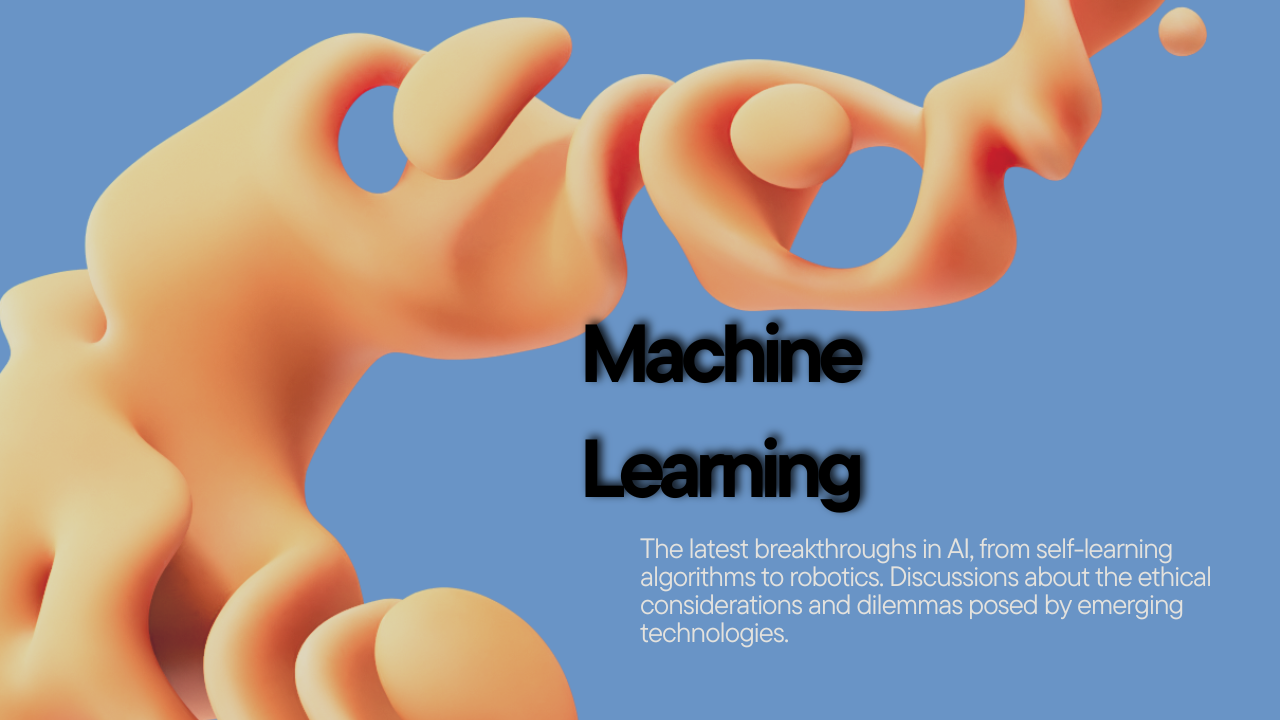Machine learning algorithms have become integral tools in various industries, revolutionizing the way data is analyzed, patterns are identified, and predictions are made. Understanding the diverse landscape of machine learning algorithms is crucial for anyone venturing into the field of data science or artificial intelligence. In this comprehensive guide, we will delve into the intricacies of different types of machine learning algorithms, their applications, and future prospects.
Introduction to Machine Learning Algorithms
Machine learning, a subset of artificial intelligence, empowers computers to learn from data without being explicitly programmed. It involves the development of algorithms that enable systems to improve their performance over time based on experience. Machine learning algorithms play a pivotal role in tasks such as image recognition, natural language processing, predictive analytics, and recommendation systems.
Types of Machine Learning Algorithms
Machine learning algorithms are broadly categorized into four types:
Supervised Learning Algorithms
Supervised learning algorithms learn from labeled data, where each input-output pair is provided during training. They are used for tasks like classification and regression.
Unsupervised Learning Algorithms
Unsupervised learning algorithms work with unlabeled data, identifying patterns and structures without explicit guidance. Clustering and dimensionality reduction are common applications.
Semi-Supervised Learning Algorithms
Semi-supervised learning algorithms utilize both labeled and unlabeled data for training. They are useful when labeled data is scarce or expensive to obtain.
Reinforcement Learning Algorithms
Reinforcement learning algorithms learn through trial and error by interacting with an environment. They aim to maximize cumulative rewards and are employed in gaming, robotics, and autonomous driving.
Commonly Used Machine Learning Algorithms
Several machine learning algorithms are widely used across various domains:
- Linear Regression: A statistical method for modeling the relationship between a dependent variable and one or more independent variables.
- Logistic Regression: Used for binary classification tasks, logistic regression estimates the probability of a particular outcome.
- Decision Trees: Tree-like models that make decisions based on features’ values.
- Random Forest: An ensemble learning method that constructs multiple decision trees and merges their predictions.
- Support Vector Machines (SVM): SVMs find the hyperplane that best separates classes in a high-dimensional space.
- k-Nearest Neighbors (k-NN): A simple algorithm that stores all available cases and classifies new cases based on a similarity measure.
- Naive Bayes: A probabilistic classifier based on Bayes’ theorem with strong independence assumptions.
- Neural Networks: Computational models inspired by the biological neural networks in the human brain, capable of learning complex patterns.
Exploring Supervised Learning Algorithms
Supervised learning algorithms are trained on labeled data, where the model learns the mapping between input features and target outputs. They are widely used in various domains, including healthcare, finance, and marketing.
Understanding Unsupervised Learning Algorithms
Unsupervised learning algorithms uncover hidden patterns and structures within unlabeled data. They are instrumental in tasks such as customer segmentation, anomaly detection, and recommendation systems.
Insights into Semi-Supervised Learning Algorithms
Semi-supervised learning algorithms leverage a combination of labeled and unlabeled data, offering a cost-effective approach to training models. They are particularly beneficial when labeled data is scarce or costly.
Introduction to Reinforcement Learning Algorithms
Reinforcement learning algorithms learn by interacting with an environment, receiving feedback in the form of rewards or penalties. They excel in tasks that involve decision-making and sequential actions.
Choosing the Right Machine Learning Algorithm
Selecting the appropriate machine learning algorithm depends on various factors, including the nature of the problem, the available data, and computational resources. It’s essential to match the algorithm to the problem type to achieve optimal results.
Challenges and Limitations of Machine Learning Algorithms
Despite their effectiveness, machine learning algorithms face several challenges, including overfitting, data quality issues, interpretability concerns, and bias in decision-making. Addressing these challenges is crucial for deploying reliable and ethical AI systems.
Future Trends in Machine Learning Algorithms
The field of machine learning is continuously evolving, with several promising trends shaping its future. Advancements in deep learning, explainable AI, automated machine learning (AutoML), federated learning, and quantum machine learning hold the potential to revolutionize various industries.

